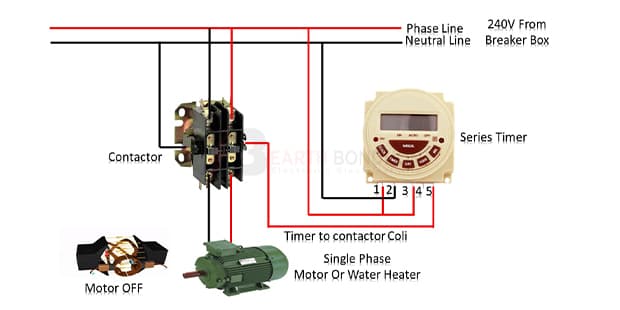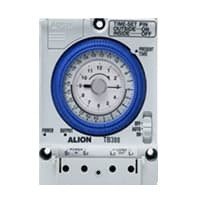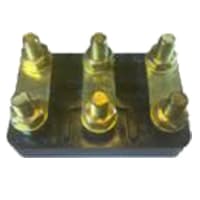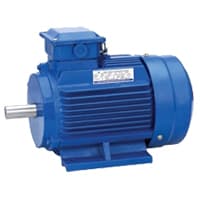Automatic timer switch for motor:
This diagram shows how to make an automatic timer switch for the motor. In this circuit, we use a contactor, a single-phase motor, and a series timer. This circuit diagram is very easy and very simple to make it. If you want to know more about this circuit and want to know how to connect this circuit diagram very easily please check our youtube video at the below post.
Advertisements
Components needed For this Project:
You can get the components from any of the sites below:
- 8 Pin Timer 220V AC [See Buy Click Amazon]
- Terminal Block [See Buy Click Amazon]
- Single Phase Motor (1 HP) [See Buy Click Amazon]
*Please note: These are affiliate links. I may make a commission if you buy the components through these links. I would appreciate your support in this way!
Advertisements
Components used to make the Automatic timer switch for motor:
A timer is a type of time-switching device that controls and controls Electrical circuits and electrical and electronic devices through time setting (on/off). The timer is basically 8-pin. Like other controlling devices the timer has a coil and when this coil is magnetized, the timer works on/off. The timer has 2 common ends and each common end has normally close and normally open options. When the timer is set by time, the timer trips at the end of that time and turns the common is normally closed (on) to open (off) and normally open (off) to close (on). This is how the timer works.
02. Terminal Block:
Terminal Clocks are Connectors That Terminate a Single wire and Connect it to a circuit or other system. Terminal Blocks come in a range of shapes, Sizes, and ratings, but Always Terminate a single Wire and are Never multi-pole. Terminal Blocks are used to Secure or Terminate Wires and, in Their Simplest form, Consist of Several Individual Terminals Arranged in a long strip system. Terminals are Useful for Connecting the Wiring to the GND or, in the Case of Electrical power, for Connecting Electrical Switches and Outlets to the Mains side.
A Single-Phase Motor is an Electrically-Powered Rotary Machine That Can Turn Electric Energy into Mechanical Energy. It Works by Using a Single-Phase Power Supply. Single-phase Motors Are Used in Equipment And Machines That Are Smaller in Size And Require Lower Horsepower. This Includes Equipment Such As Refrigerators, Pumps, Compressors, Fans, and Portable Drills. Single-phase motors Have a Similar Construction to The 3-phase Motor, Including an AC Winding That is Placed on The Stator And Short-Circuited Conductors That are Placed in a Cylindrical Rotor.
Thank You for visiting the website. Keep visiting for more Updates.
Frequently asked questions
Motor control switches and devices could regulate the operation of electrical pumps. They could provide manual or automatic functions, start and stop the pump, control forward or reverse motions, speed up or slow down, or more.
The light timer is an electrical circuit diagram with an integrated clock. It could be set to turn the lighting on or off at specific times, according to individual requirements. The buying choices include devices featuring single and multiple electrical outlets, as well as those included within a complete security of the system.
The methods used to accomplish the control objectives could be classified, very generally, as open-loop controls or closed-loop or feedback controls. Systems in which the output quantity has no effect on the input quantity are called open-loop control systems. Open-loop controls are, in general, calibrated of the systems.
One of the most critical aspects of automation and an unsung hero in its day-to-day running is the implementation of automated control systems. These control systems play a pivotal role in enhancing efficiency, accuracy, and reliability in processes ranging from manufacturing and transportation to food production.
Among applications are lighting (interior, exterior, and street lighting), cooking devices such as ovens, and washing machines, and heating and cooling of buildings and vehicles.
Read more Single Phase Wiring
What is a kilowatt-hour (kWh) | kwh formula | What does kwh mean
Introduction to Electrical Units and CircuitskW and kWh on your electricity bill As your home uses electricity during...
What is the Difference Between kVA | What does KVA mean | kVA formula
Difference Between KVA ExplainedWhat does KVA Mean? There are technical terms aplenty when it comes to generators, and...
Power Factor | Power Unit | Energy | Electricity Unit
Power factor definition | Calculating Power FactorPower Factor Values In a purely resistive circuit, the power factor...




0 Comments